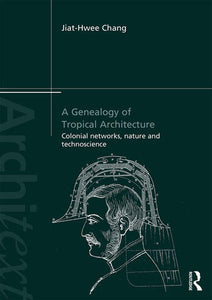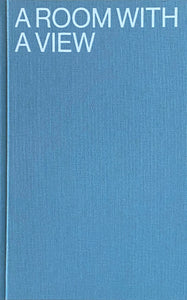Densification of Urban Landscapes

Thanks to their make-up in terms of town planning, post-war developments offer extensive free space that would seem to lend itself particularly well to overbuilding. At the same time, these developments and districts are valuable witnesses to history, which is why densification must always respect the overall composition of the sites.
This workbook is the first comprehensive guide enabling planners and monument conservators and local authorities, town councils, cooperatives, building developers and owners to preserve their qualities when densifying post-war developments. In addition to considerations of building development, the book also accounts for aspects of landscape planning and garden monument preservation.
Based on selected densified case studies from Germany and Switzerland, all documented in great detail, along with test plans for as yet non-densified developments, the publishers demonstrate that inward densification is possible while respecting aspects of building culture, monument preservation, and memory.
The publication presents approaches that – based on the existing developments – allow planners to define individual goals with respect to preservation that can serve as guidelines in the course of planning densification measures. It thus offers valuable assistance for identifying and preserving the individual and often unique character of these developments. At the same time, the planning parameters described in the book enable meaningful densification.
Authors
Anke Domschky, Stefan Kurath, Simon Mühlebach, and Urs Primas (eds.)
Year
2022
Length
240 pages
Cover
Softback
Binding
Perfect binding
Dimensions
14 x 19 cm.


